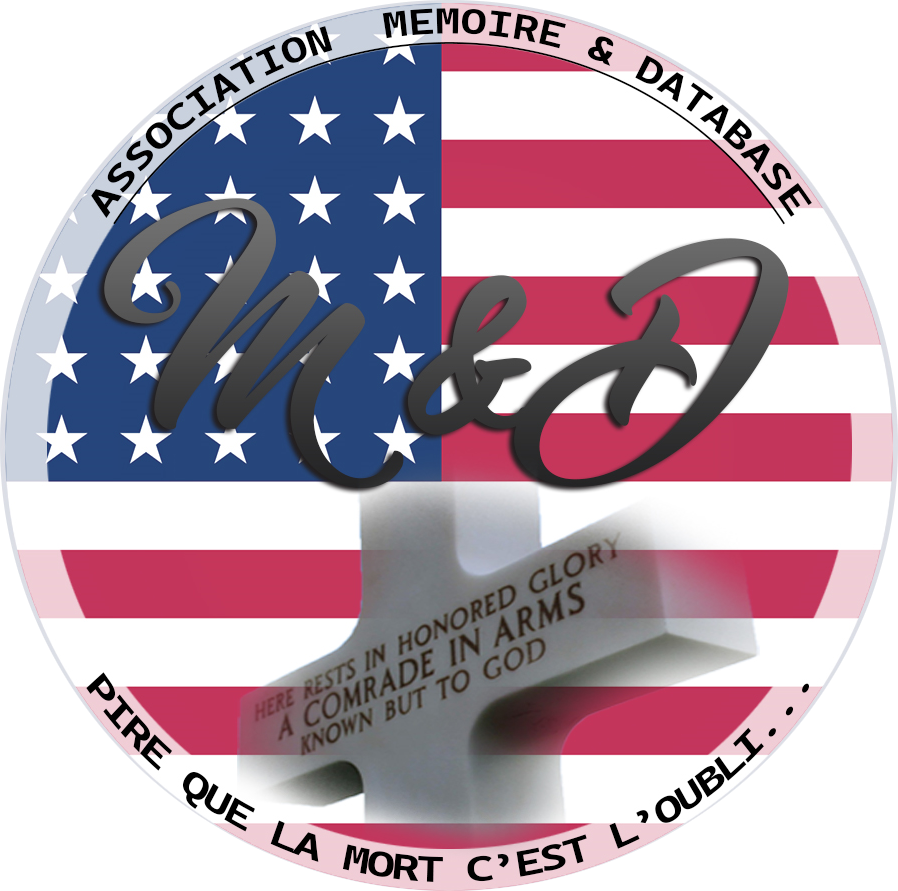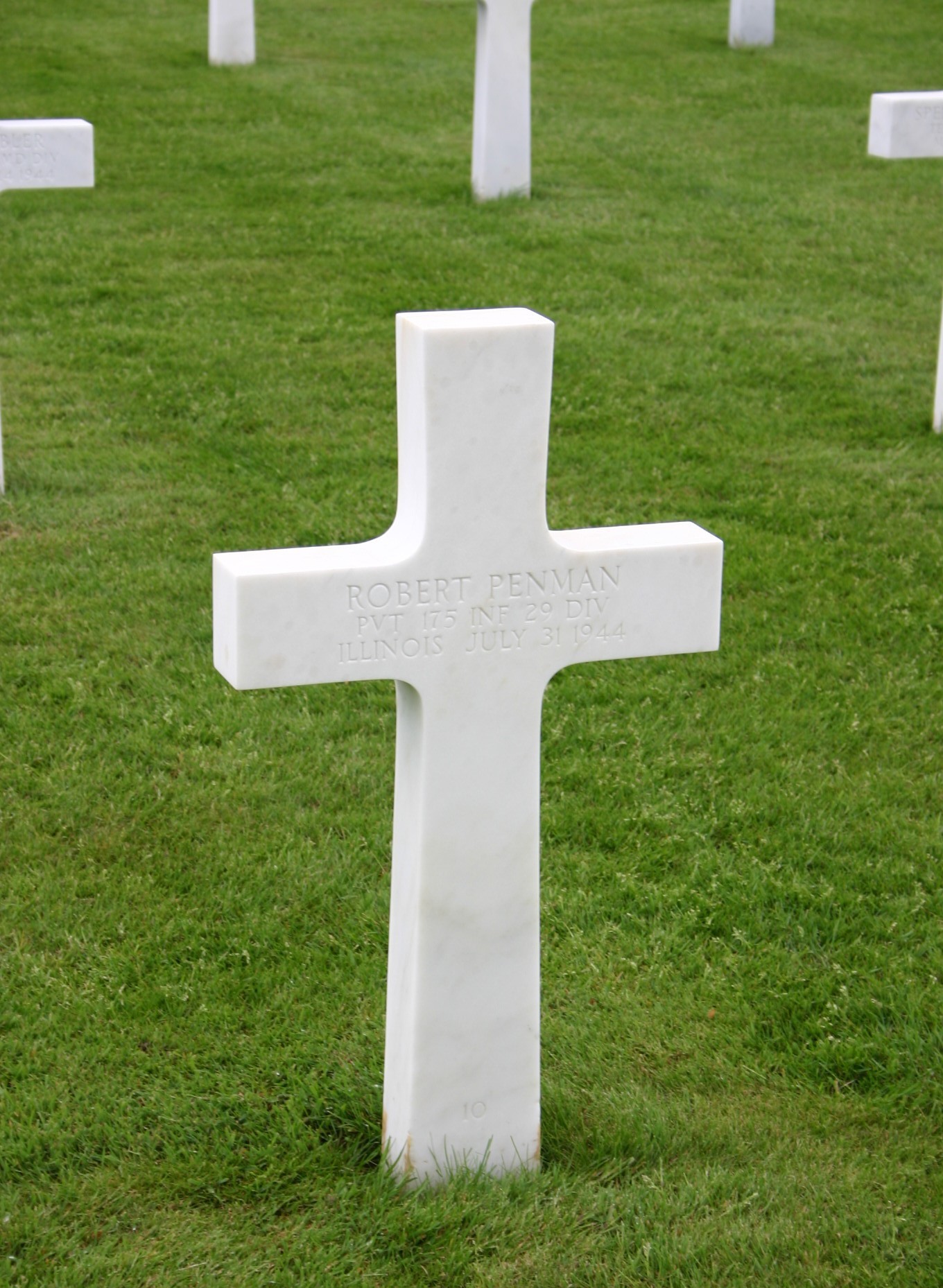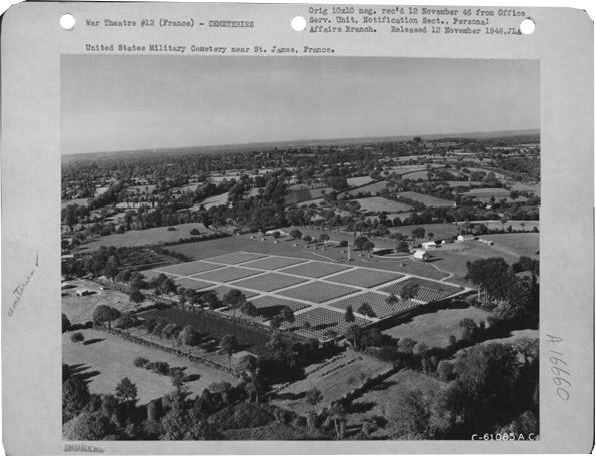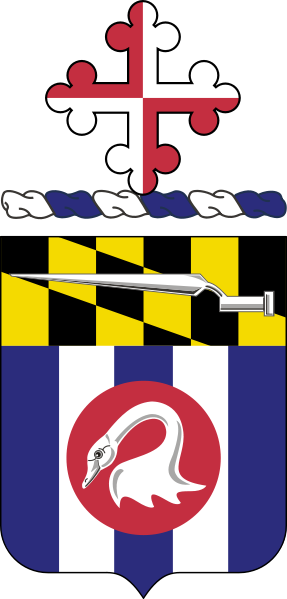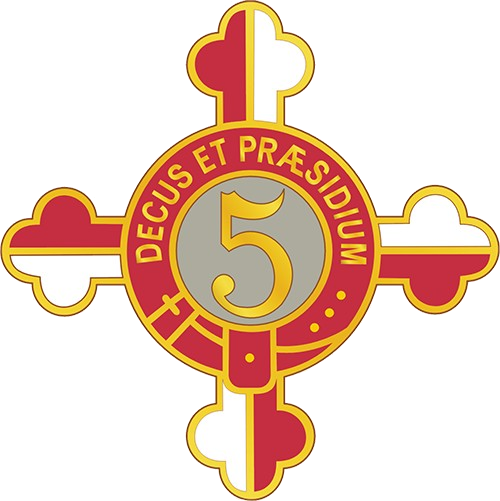|
Robert PENMAN
| ||||||||||||||||||||||||
|---|---|---|---|---|---|---|---|---|---|---|---|---|---|---|---|---|---|---|---|---|---|---|---|---|
|
Source : | ||||||||||||||||||||||||
| NUMBER OF SERVICE | 36698291 | |||||||||||||||||||||||
| AGE | 20 yo | |||||||||||||||||||||||
| DATE OF BIRTH | 1924 | |||||||||||||||||||||||
| ENLISTMENT STATE | Macoupin Country ILLINOIS | |||||||||||||||||||||||
| FAMILY | Parents : James & Ida PENMAN Soeur: Mildred Frére : Earl | |||||||||||||||||||||||
| RANK | Private | |||||||||||||||||||||||
| FONCTION | Infantry Man | |||||||||||||||||||||||
| JOB BEFORE ENLISTEMENT | Farmer | 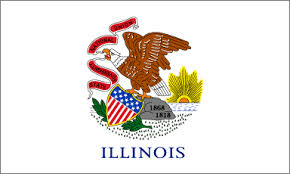 | ||||||||||||||||||||||
| DATE of ENLISTEMENT | 19 April 1943 Peoria ILLINOIS | |||||||||||||||||||||||
| COMPANY | Company E | |||||||||||||||||||||||
| BATTALION | 2nd Battalion | |||||||||||||||||||||||
| REGIMENT SQUADRON | 175thInfantry Regiment "Fifth Maryland" | |||||||||||||||||||||||
| DIVISION GROUP | 29th Infantry Division Surnom "Blue and Gray" Devise "29th Let's go!" | |||||||||||||||||||||||
| DATE OF DEATH | 31 July 1944 |
Source : F Lavernhe | ||||||||||||||||||||||
| STATUS | KIA | |||||||||||||||||||||||
| PLACE OF DEATH |
St Lo “Purple Heart Hill” | |||||||||||||||||||||||
| CEMETERY TEMPORARY |
CEMTERY TEMPORARY of St James N°3578
| |||||||||||||||||||||||
| CEMETERY | BRITTANY AMERICAN CEMETERY of St James (Montjoie St Martin) | |||||||||||||||||||||||
| GRAVE |
| |||||||||||||||||||||||
| DECORATION |
| |||||||||||||||||||||||
| ||||||||||||||||||||||||
| STORY | ||||||||||||||||||||||||
|
Robert L Penman was born in 1924 to James and Ida Penman. His grandfather on his dad’s side had come to America from Scotland and married an American. According to the 1930 US census, James Penman earned his living as a farmer in the township of Newmansville, Cass County, Illinois, and he owned his own farm. Private Penman was the youngest in his family. He had one older brother, named Earl, and one older sister, named Mildred. According to the 1940 US census, at the age of 16 he was already helping his father working at the farm. The records show that he enlisted on April 19, 1943 at the city of Peoria, Illinois. During the War, Private Penman fought with the 175thInfantry Regiment 29th Infantry Division. He was part of the 2nd Battalion, Company E. He was killed in action and received the Purple Heart medal. At the time of his death in July 1944, his mother’s address is listed as Gillespie, Illinois. The following is a brief account of what the 175th Regiment did from the date they arrived in Europe until approximately the date Private Penman died. He might have been involved in these actions: After sailing from the US to England, the 175th Regiment spent some time in Wiltshire until it was moved to Cornwall, where they trained for the invasion of Normandy. The Regiment then moved to Devon to assemble in preparation for the invasion and finally landed on Omaha Beach on June 7, 1944, which hadn’t still been secured. In the following weeks, they captured Isigny, crossed the River Vire and moved towards St. Lo. Before arriving in St. Lo, the 175th participated in the battle for Hill 108, nicknamed, “Purple Heart Hill” because of the high number of casualties it caused. After seizing St. Lo, they started to move towards Brest. | ||||||||||||||||||||||||
Activated/Activé |
Normandy/Normandie |
| 3 Feb 1941 | Days of Combat/Jour de Combat 242 |
| Casualties/Victimes 20 620 | |
Entered Combat/Entré au combat |
|
| 6 Jun1944 D-Day | |
|
Commanding Generals/Commandants généraux Maj. Gen. Milton A. Reckord (Feb 41 - Jan 42) |
Campaigns/CampagnesNormandy (6 Jun 44 - 24 Jul 44)
|
PLAN DE ROUTE DE LA CAMPAGNE - CAMPAIGN ROUTE MAP |
|
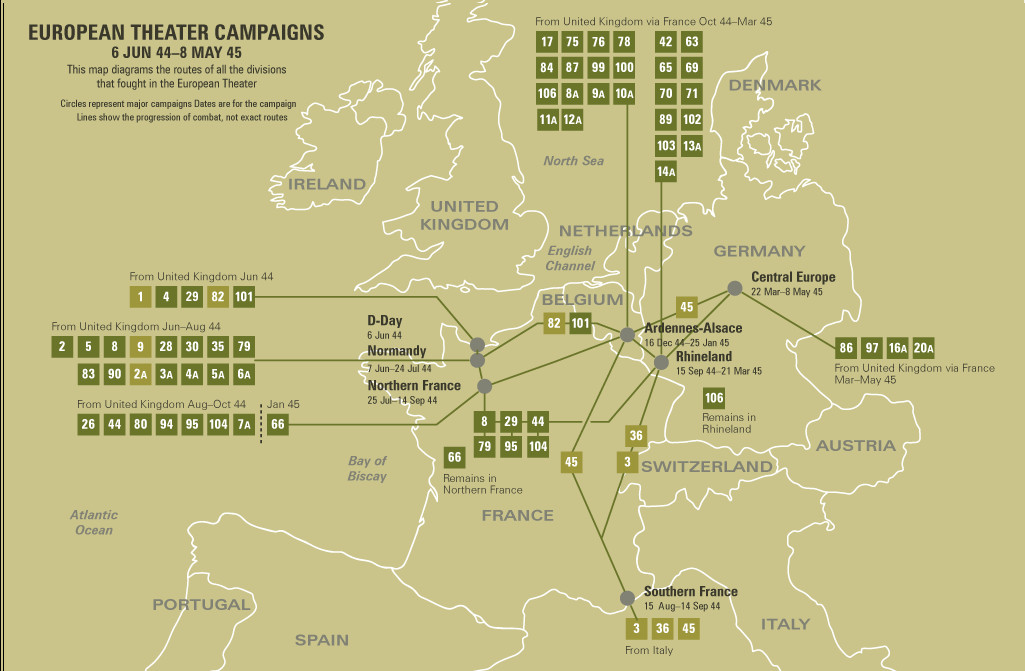 |
|
DIVISION CHRONICLEThe 29th Infantry Division trained in Scotland and England for the crosschannel invasion, October 1942-June 1944. Teamed with the 1st Division, a regiment of the 29th (116th Infantry) was in the first assault wave to hit the beaches at Normandy on D-day, 6 June 1944. Landing on Omaha Beach on the same day in the face of intense enemy fire, the Division soon secured the bluff tops and occupied Isigny, 9 June. The Division cut across the Elle River and advanced slowly toward St. Lo, fighting bitterly in the Normandy hedge rows. After taking St. Lo, 18 July 1944, the Division joined in the battle for Vire, capturing that strongly held city, 7 August. Turning west, the 29th took part in the assault on Brest, 25 August-18 September 1944. After a short rest, the Division moved to defensive positions along the Teveren-Geilenkirchen line in Germany and maintained those positions through October. (In mid-October the 116th Infantry took part in the fighting at the Aachen Gap.) On 16 November the Division began its drive to the Roer, blasting its way through Siersdorf, Setterich, Durboslar, and Bettendorf, and reaching the Roer by the end of the month. Heavy fighting reduced Julich Sportplatz and the Hasenfeld Gut, 8 December. From 8 December 1944 to 23 February 1945, the Division held defensive positions along the Roer and prepared for the offensive. The attack jumped off across the Roer, 23 February, and carried the Division through Julich, Broich, Immerath, and Titz, to Munchen-Gladbach, 1 March 1945. The Division was out of combat in March. In early April the 116th Infantry helped mop up in the Ruhr area. On 19 April 1945 the Division pushed to the Elbe and held defensive positions until 4 May. Meanwhile, the 175th Infantry cleared the Klotze Forest. After VE-day, the Division was on military government duty in the Bremen enclave. |
CHRONIQUE DE DIVISIONLa 29th Infantry Division s'entraîna en Ecosse et en Angleterre pour l'invasion crosschannel, d'octobre 1942 à juin 1944. En équipe avec la 1st Division, un régiment du 29th (116th Infantry) se trouvait dans la première vague d'assaut pour frapper les plages de Normandie. Le 6 juin 1944, débarquant à Omaha Beach, le même jour, face à un feu nourri de l'ennemi, la division s'empara bientôt des falaises et occupa Isigny, le 9 juin. La Division traversa la rivière Elle et s'avança lentement vers Saint-Lô, se battant amèrement dans les rangées de haies de Normandie. Après avoir pris St. Lo, le 18 juillet 1944, la division se joignit à la bataille de Vire pour s'emparer de cette ville fortement occupée, le 7 août. Tournant vers l'ouest, le 29 a pris part à l'assaut sur Brest, 25 août-18 septembre 1944. Après un court repos, la division a déménagé à des positions défensives le long de la ligne Teveren-Geilenkirchen en Allemagne et a maintenu ces positions jusqu'en octobre. (À la mi-octobre, le 116e régiment d'infanterie prit part aux combats à Aix-la-Chapelle.) Le 16 novembre, la division commença sa route vers la Roer, traversant Siersdorf, Setterich, Durboslar et Bettendorf, et atteignant la Roer par la fin du mois. Les combats intenses ont réduit Julich Sportplatz et le Hasenfeld Gut, le 8 décembre. Du 8 décembre 1944 au 23 février 1945, la division occupe des positions défensives le long de la Roer et se prépare à l'offensive. L'attaque a sauté à travers le Roer, le 23 février, et a porté la Division par l'intermédiaire de Julich, Broich, Immerath, et Titz, à Munchen-Gladbach, le 1er mars 1945. La Division était hors combat en mars. Au début du mois d'avril, le 116th Infantry a aidé à nettoyer la région de la Ruhr. Le 19 avril 1945, la division pousse vers l'Elbe et occupe des positions défensives jusqu'au 4 mai. Pendant ce temps, le 175th Infantry a dégagé la forêt de Klotze. Après le jour de la victoire, la division était en service militaire dans l'enclave de Brême. |
| SOURCE INFORMATION & PHOTO | Armydivs.squarespace.com |
|---|
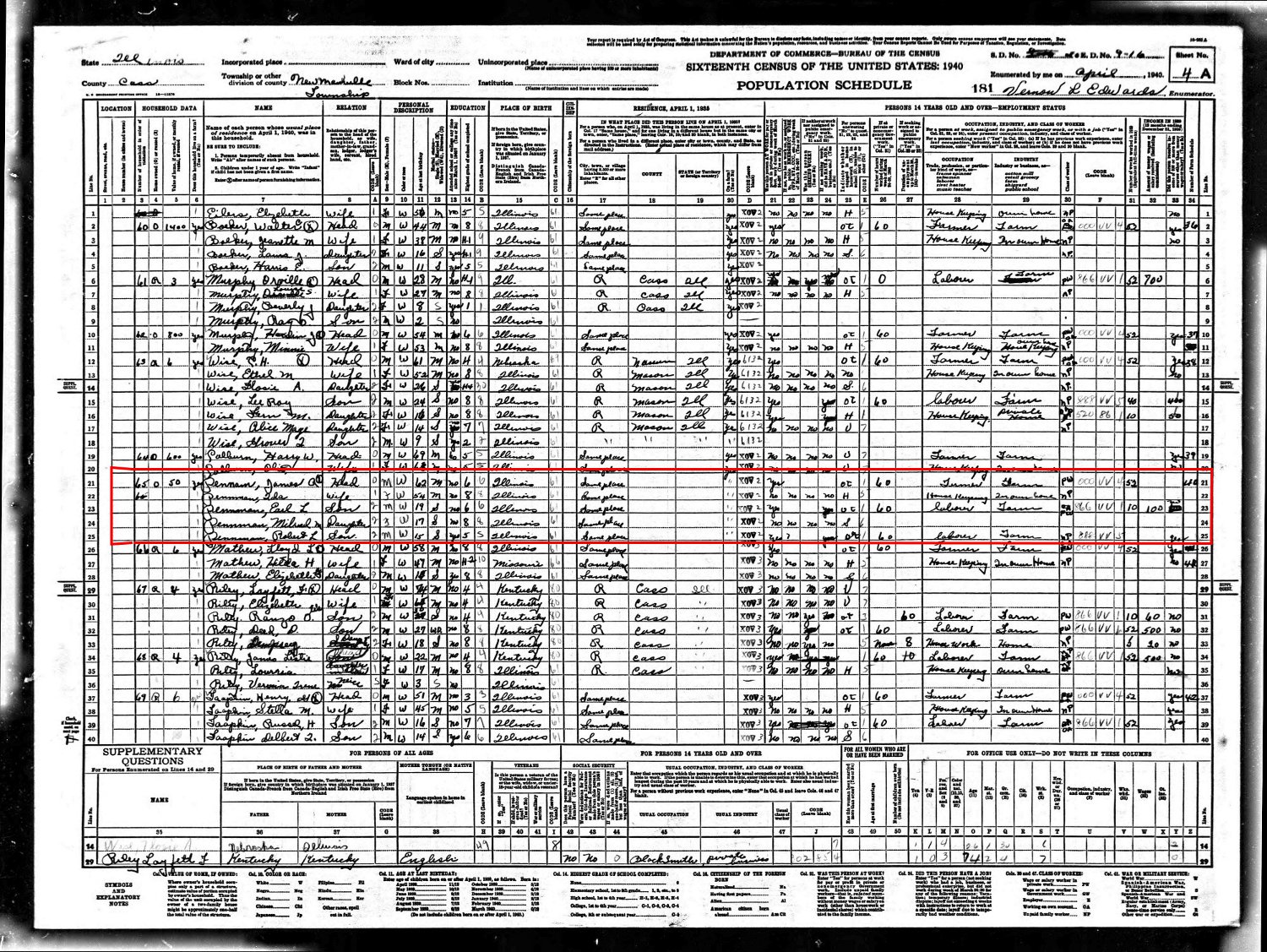 Census of 1940 |
|---|
| SOURCE INFORMATION & SOURCE PHOTO | Wendy - NARA - ABMC - US Census records 1940 - Wikipedia |
|---|---|
| PROGRAMMER | Henri, Garrett, Clive, Frédéric & Renaud |


